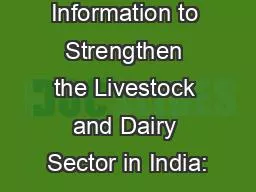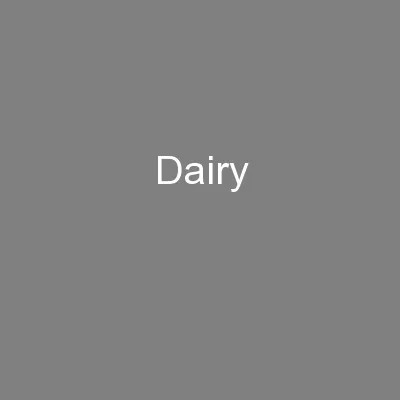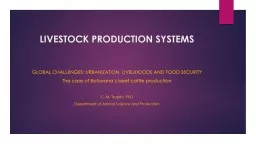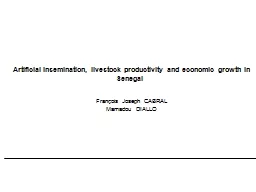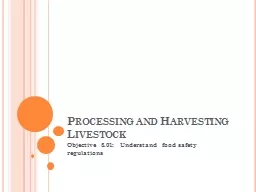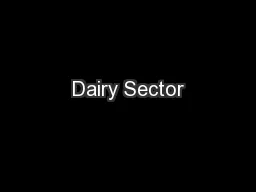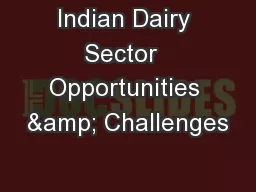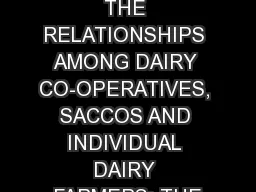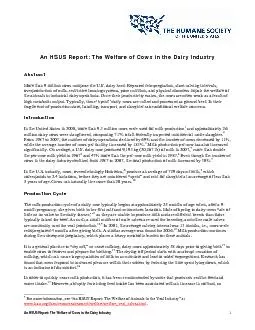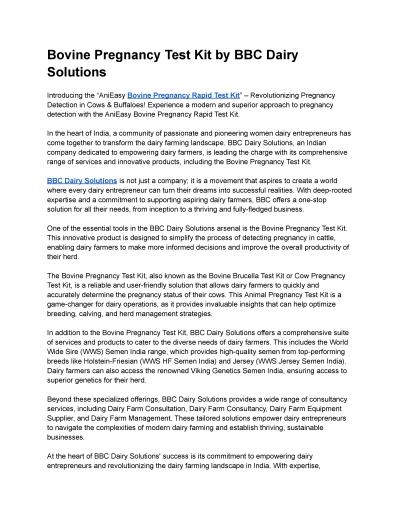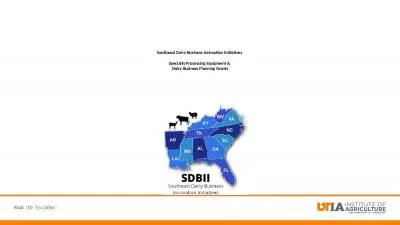PPT-Veterinary Information to Strengthen the Livestock and Dairy Sector in India:
Author : cleverfan | Published Date : 2020-07-01
An International Consultation Robert Taylor ICAHIS Boston May 2013 Veterinary Information to Strengthen the Livestock and Dairy Sector in India An International
Presentation Embed Code
Download Presentation
Download Presentation The PPT/PDF document "Veterinary Information to Strengthen the..." is the property of its rightful owner. Permission is granted to download and print the materials on this website for personal, non-commercial use only, and to display it on your personal computer provided you do not modify the materials and that you retain all copyright notices contained in the materials. By downloading content from our website, you accept the terms of this agreement.
Veterinary Information to Strengthen the Livestock and Dairy Sector in India:: Transcript
Download Rules Of Document
"Veterinary Information to Strengthen the Livestock and Dairy Sector in India:"The content belongs to its owner. You may download and print it for personal use, without modification, and keep all copyright notices. By downloading, you agree to these terms.
Related Documents

